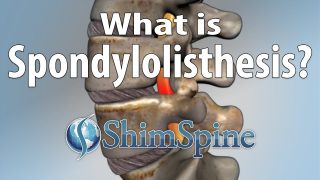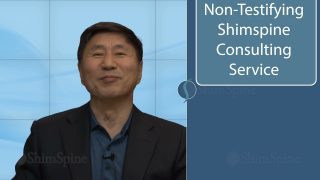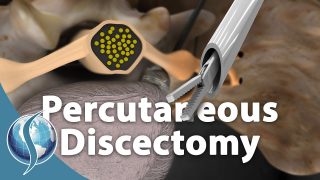A Loss of Lordosis
Is it Bad News?
We see it frequently on MRI reports, especially in patients who were in car accidents, “there is a loss of lordosis in the cervical spine”. It sounds scary and is often followed by the information that this is “often caused by spasm in the neck and upper back”. Is this something to worry about? Many would have you think so, but what do the studies say?
Let’s talk…
Loss of lordosis in the cervical spine is when the normal curve of the cervical spine is lessened or straightened. When the curve of the spine points toward the front, it’s called a lordosis and toward the back, it’s called a kyphosis.
“We’ve known that the neck curve is a big deal in helping avoid structural overload and degeneration of muscles, tendons, and discs.”
Many chiropractic and physical therapy sites start with this type of global statement concerning loss of lordosis but is it really that important? Does it cause muscle spasms? Do muscle spasms cause the loss of lordosis? Many studies have occurred with some surprising results.
- In 1994, Helliwell et al. performed a cross-sectional study on the prevalence of “straight” cervical spines in three populations to assess whether there would be any correlation between loss of lordosis and muscle spasms. One group had acute posttraumatic neck pain, one chronic neck pain, and another group was made up of healthy controls. Interestingly “straight” cervical spines were more frequent in the chronic and healthy groups as opposed to the acute post injury group.
- In 1998, Matsumoto et al. published a paper, in which they compare cervical curvature between two groups of almost 500 subjects each, of which one is composed of asymptomatic volunteers and the other of acute whiplash injury patients. Both groups show no statistical difference in the prevalence of altered cervical curvature.
- In 2014 another confirmation was made available on the lack of significance of cervical curvature on the clinical picture. Kumagai et al. published a study on over 700 volunteers measuring cervical lordosis and investigating on its significance. They conclude that the sagittal alignment of the cervical spine was not associated with neck symptoms, but degenerative changes were associated with the severity of neck pain.
So, according to studies, the loss of curvature in the cervical spine is really not associated with neck pain and not something that is going to be that big a deal in the “big picture”.
As for those who insist on “getting that neck back in alignment”, here is one more study.
- In 2015, Shilton et al., compared cervical lordosis in thirty healthy controls and thirty pain patients and carried out spinal manipulation on the pain patients with subsequent remeasuring of the cervical curvature. They conclude that no difference in cervical lordosis (sagittal alignment) between patients with mild nonspecific neck pain and matched healthy volunteers could be found. Furthermore, there was no significant change in cervical lordosis in patients after 4 weeks of cervical spinal manipulation therapy.
Lesson learned. Go by how you feel, not by an MRI report, or how someone tells you to feel. Get treatment the same way. If it hurts, seek treatment. If the treatment doesn’t provide relief or is temporary, stop it and get advice from someone else.
Dr. Shim always tells people that lordosis, or lack of it, can be from 1. Positioning, 2. Degeneration, or 3. Pain. By review of the science, it appears lack of lordosis may most likely be your normal anatomy.
Last modified: December 11, 2020










I went to the doctor two days ago because I can’t bear the pain in my neck, back of my head, shoulders and back that started about 3 months ago. Frequently, my fingers and arms feel numb, or tingling. I have to add that I have had tinnitus on both ears for about 21/2 years. Joint pain started around the same time. The pain from my shoulder radiates to my hips and legs. My doctor ordered x-rays, which resulted in loss of cervical lordosis.
The pain is affecting my everyday. What worries me the most is that now every time I swallow I can hear like a bone is getting in/out of place. Sometimes I feel I can’t handle it anymore. Every movement feels like my collar bone, neck and back bones are getting out of place. My lower back is killing me as well. I feel broken.
What will be the steps to follow? At this point I would try anything. Should I go to a chiropractor or a cervical surgeon? Who can help me the best with this matter?
Thank you in advance.
My neck pain starts first? 4 years ago, the pain in my neck started from the pain in my left hand. The pain came from my left hand in my left rib. The pain spread from my left rib to my left leg. The left leg is numb and the left arm and left leg are dewy and there is severe pain in the neck. After many treatments it was not getting any better. Jim sighed and sighed. When the hand dances, it seems that it will be removed from the soda and then the left hand becomes numb from the left hand and the left hand becomes numb
Sir I am imran from India
Some time before My problem Loos of lordosis please help me aware to treatment
Some of the loss is the normal aging process. Some are a result of posture. See the video on Text Neck:https://youtu.be/aWh-Y-6pbIE